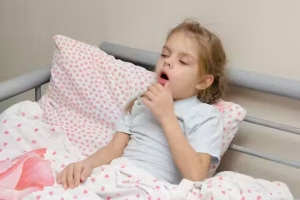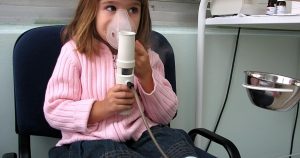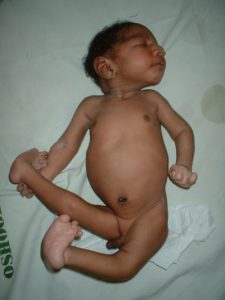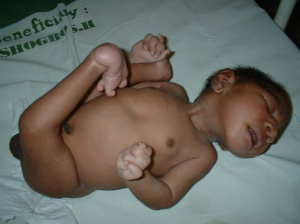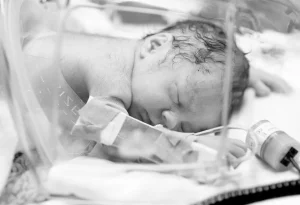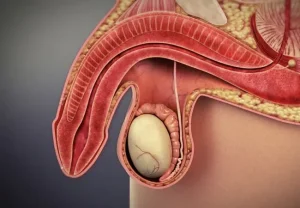
SIGNS OF ERECTILE DYSFUNCTION
Signs of erectile dysfunction. The inability to achieve and maintain an erection is the hallmark of erectile dysfunction, also referred to as impotence. You may find it awkward to discuss it. According to reports, almost half of males between the ages of 40 and 70 suffer from erectile dysfunction.
SIGNS OF ERECTILE DYSFUNCTION
Erectile dysfunction is a type of penile disorder that affects your ability to get and maintain an erection that is firm enough for sexual activity. Your feelings are important in achieving and maintaining an erection; feeling calm, confident, and aroused is crucial. However, it’s normal to occasionally experience erection problems. These can be caused by other conditions, as well as by using drugs or alcohol, or they can be a side effect of certain medications or cancer treatments.
Types
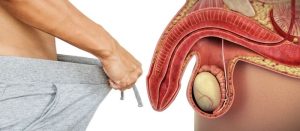
Erectile dysfunction due to vascular
Vascular ED encompasses conditions that impact the valves in the penis that typically retain blood inside, or the blood vessels that supply blood to the tissues in your penis that enable you to achieve and sustain an erection. Among ED types, vascular ED is the most prevalent.
Erectile dysfunction caused by neurogenesis
Nerve issues that stop signals from your brain from reaching your penis to produce an erection are the cause of neurogenic ED. Trauma, pelvic surgery, radiation therapy, or neurological disorders like multiple sclerosis (MS), spinal stenosis, and stroke can all cause this.
Erectile dysfunction caused by hormones
ED caused by a lack of testosterone or, in certain situations, thyroid problems is referred to as hormonal ED.
Psychogenic erectile dysfunction.
A psychological condition that affects your ideas, feelings, or behavior is known as psychogenic ED.
Signs
Symptoms of erectile dysfunction include:
obtaining an erection prior to sexual activity only in certain situations.
having the ability to achieve an erection prior to sexual activity but failing to sustain it during it.
total failure to achieve an erection.
needing a lot of stimulation in order to keep an erection going.
Causes
The circulatory system
The blood vessels that transport blood throughout your body are part of your circulatory system. To get and keep an erection, your penis needs enough blood flow. When your penis fills with blood, it also depends on a number of valves to seal; sometimes, these valves malfunction.
The nervous system
Your brain, spinal cord, and nerves make up your nervous system. Together, they transmit electrical impulses that enable your penis and other parts of your body to move and feel.
The endocrine system
The glands that produce and release hormones are part of your endocrine system. Hormones assist in directing your body to carry out specific tasks. Your penis may receive more blood flow if testosterone helps to widen your blood vessels.
Treatment
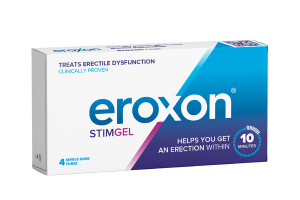
Exercise for the heart
Some mild cases of ED may be reversible with vigorous aerobic activity three times a week for at least forty-five minutes. Jogging, swimming, cycling, jumping rope, and brisk walking are examples of cardiovascular workouts.
Giving up smoking
After a few months, men with mild ED may experience improvements from quitting smoking.
speaking with a sex advisor.
oral drugs such as vardenafil (Levitra®), tadalafil (Cialis®), avanafil (Stendra®), or sildenafil (Viagra®) that aid in boosting blood flow to your penis. Within an hour, oral drugs begin to take effect.
Summary
It’s typical to have erectile dysfunction, especially as you age. Embarrassment, low self-esteem, and other more severe psychiatric disorders might result from it. However, having ED shouldn’t make you feel guilty or ashamed. It can be your body’s method of alerting you to a problem.

 Health3 weeks ago
Health3 weeks ago
 pregnancy3 weeks ago
pregnancy3 weeks ago
